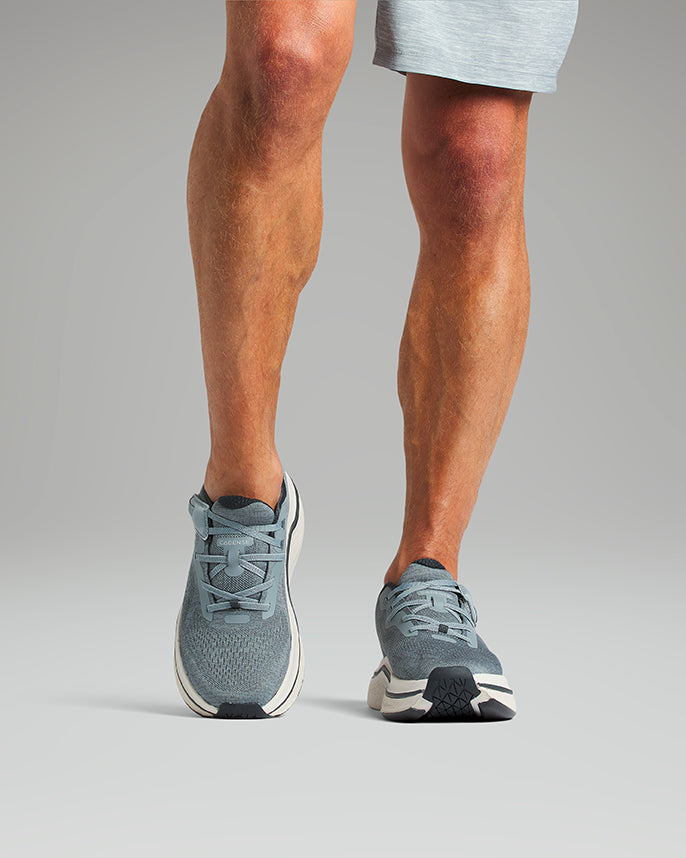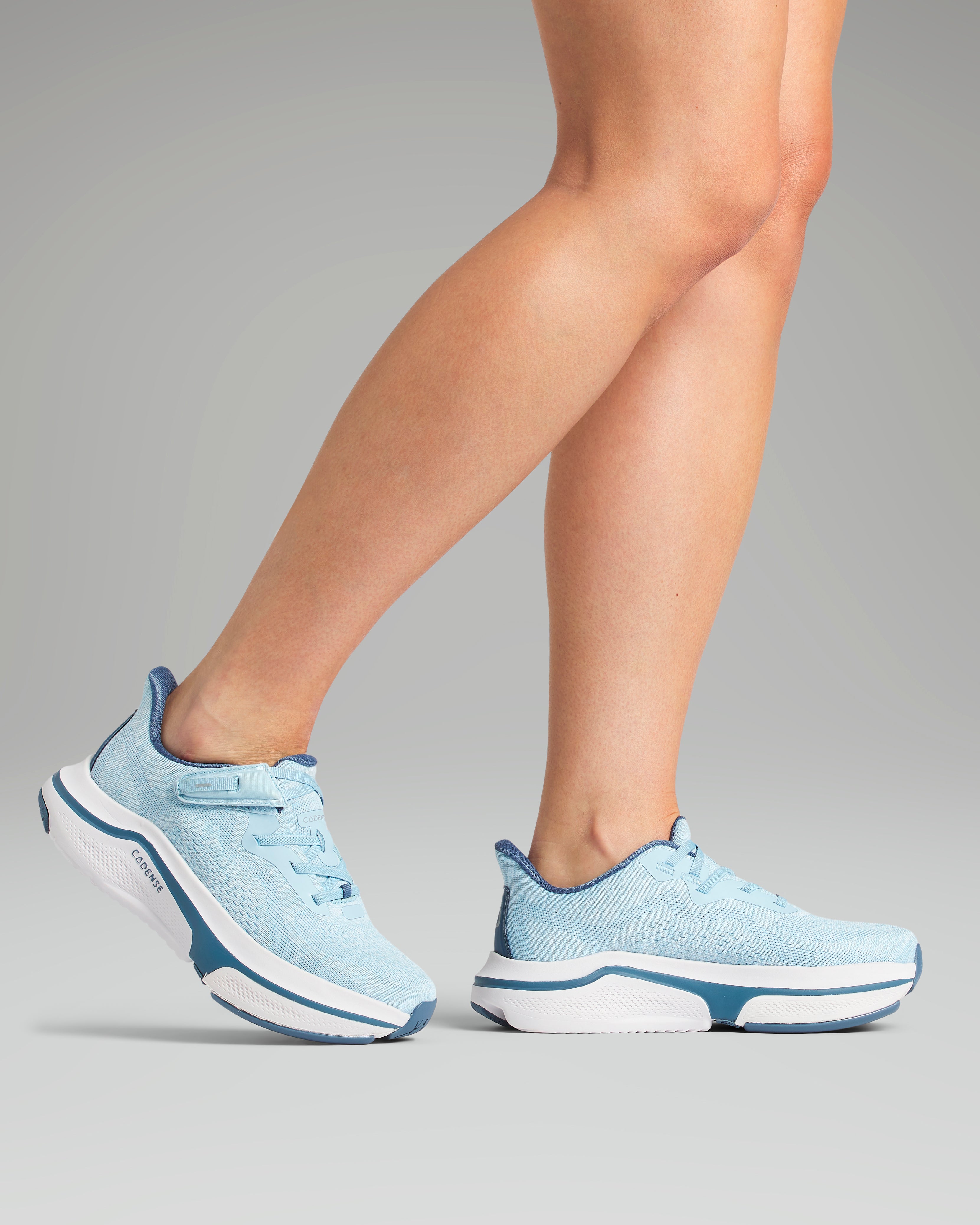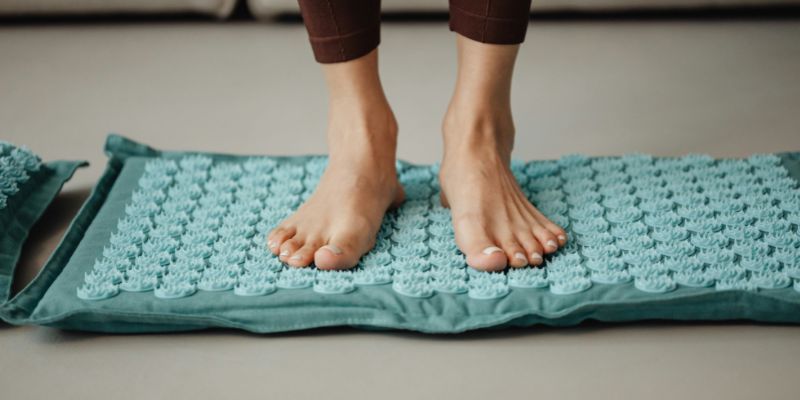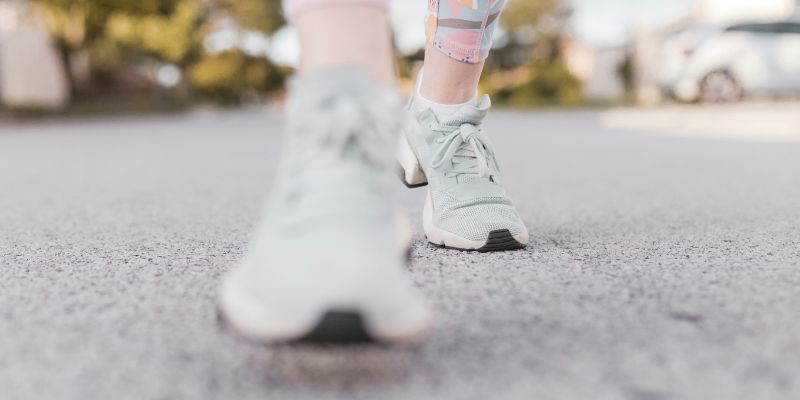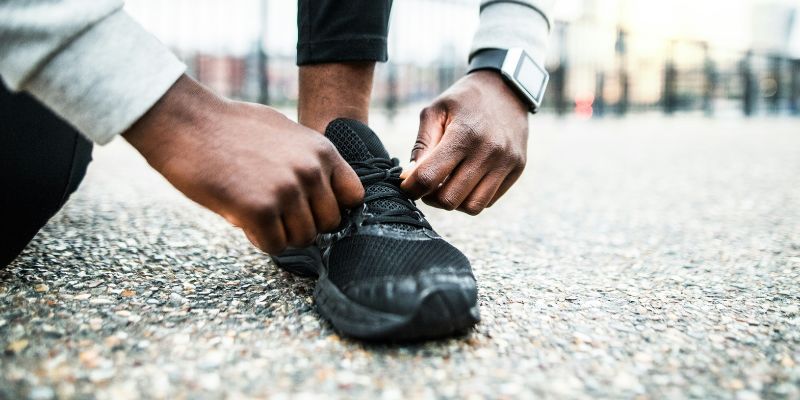
Adaptive Trainers and Circulation: Can Footwear Improve Blood Flow?

If you live with a condition that affects circulation — such as diabetes, neuropathy, or mobility challenges — you’ll know how quickly discomfort in your feet can affect your entire day. Poor blood flow often leads to tingling, numbness, or pain that makes walking difficult. That’s why choosing the right footwear isn’t just about comfort — it can actually play a role in supporting healthy circulation.
So, can adaptive trainers improve blood flow? Let’s explore how the right design can impact circulation, mobility, and overall confidence.
Why Is Circulation So Important for Foot Health?
Blood circulation delivers oxygen and nutrients to every part of the body — including the feet. When circulation is poor, nerves and muscles don’t receive the support they need. Over time, this can lead to:
-
Tingling or “pins and needles” sensations
-
Numbness in the toes and feet
-
Cold feet that don’t warm easily
-
Sharp or burning pain
-
Muscle fatigue while walking
For those living with diabetes, neuropathy, or neurological conditions, limited circulation can make these symptoms worse. That’s why footwear designed with circulation in mind can make such a difference.
How Do Trainers Affect Blood Flow?
It might not be obvious, but footwear plays a major role in how well blood flows through your feet and legs. Poorly designed trainers can:
-
Compress nerves and restrict blood vessels with narrow toe boxes
-
Limit movement with stiff, heavy soles
-
Add pressure to sensitive areas, leading to pain and fatigue
Adaptive trainers, on the other hand, are specifically engineered to avoid these problems. They provide space, flexibility, and support that encourage natural circulation with every step.
What Features of Adaptive Trainers Support Circulation?
The best adaptive trainers are built with thoughtful features that directly promote blood flow. Key elements include:
-
Wide toe box: Allows toes to spread naturally, reducing compression and improving stability.
-
Lightweight, flexible soles: Encourage natural foot movement, which stimulates circulation.
-
Supportive fit: Keeps feet steady without cutting off blood flow or pressing on nerves.
-
Breathable materials: Reduce swelling and discomfort by keeping feet cool and dry.
-
Easy on/off design: Prevents strain and fatigue from bending or struggling with laces.
By combining these elements, adaptive trainers don’t just make walking easier — they create an environment where circulation can flow more freely.
Who Can Benefit from Adaptive Trainers for Circulation?
Adaptive trainers are beneficial for anyone who struggles with mobility or circulation-related issues. They’re especially supportive for people with:
-
Neuropathy: Reduced nerve function makes comfort and circulation essential.
-
Diabetes: Protecting against nerve compression and encouraging blood flow helps prevent complications.
-
Parkinson’s disease: Trainers that enhance stability and flexibility help improve walking rhythm.
-
Stroke recovery: Supporting circulation can ease rehabilitation and reduce discomfort.
-
Ageing feet: Many older adults experience reduced circulation, making adaptive footwear a sensible, safe choice.

Everyday Benefits of Better Circulation
When circulation improves, daily activities often become easier and more enjoyable. People who wear adaptive trainers often notice:
-
Less foot fatigue while walking or standing
-
Improved balance and stability on different surfaces
-
Reduced pain and discomfort, even after long periods on their feet
-
More confidence when moving through busy or uneven environments
These aren’t just physical improvements — they help restore independence and peace of mind in everyday life.
How to Choose Adaptive Trainers That Support Circulation
Not all adaptive trainers are created equal. When shopping, keep these tips in mind:
-
Look for a wide toe box to prevent pressure on nerves.
-
Check that the sole flexes naturally where your foot bends.
-
Choose lightweight materials to reduce fatigue.
-
Opt for adjustable fastenings, such as Velcro or elastic laces, for a personalised fit.
-
Ensure the trainers are compatible with AFOs or braces if you use them.
Taking the time to find the right pair can make the difference between daily discomfort and effortless movement.
Start Feeling Better Today
While trainers can’t cure circulation problems, they can absolutely transform how your feet feel and function. By reducing compression, encouraging natural movement, and improving stability, adaptive trainers help create better conditions for healthy blood flow.
The result? Less discomfort, greater mobility, and renewed confidence in your daily activities.
Explore Cadense.co.uk to discover adaptive trainers designed to support circulation and comfort — built for people facing real mobility challenges.

